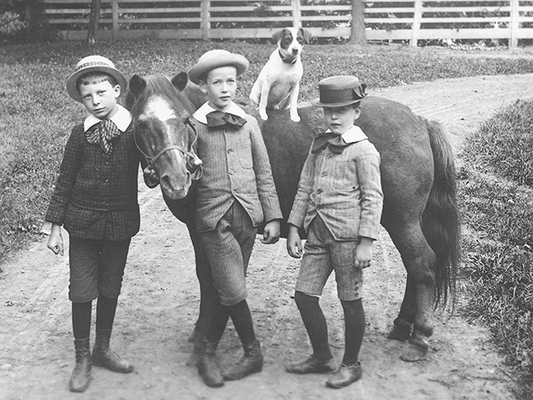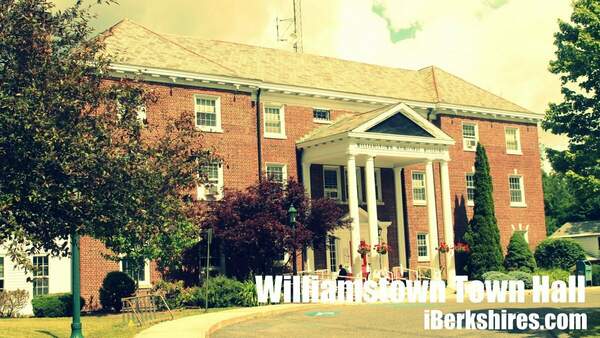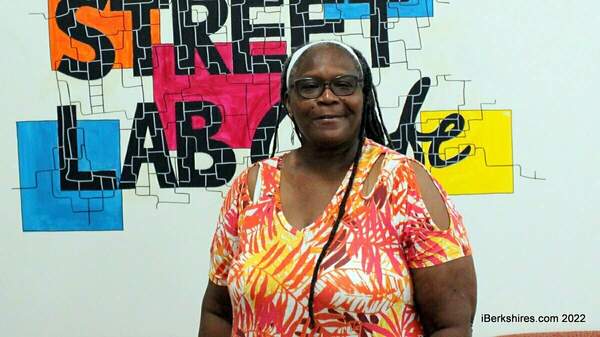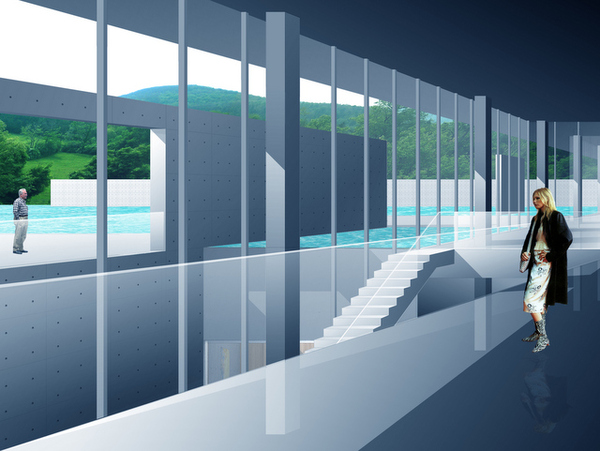
Clark Art Institute Gears Up to Make New Impression
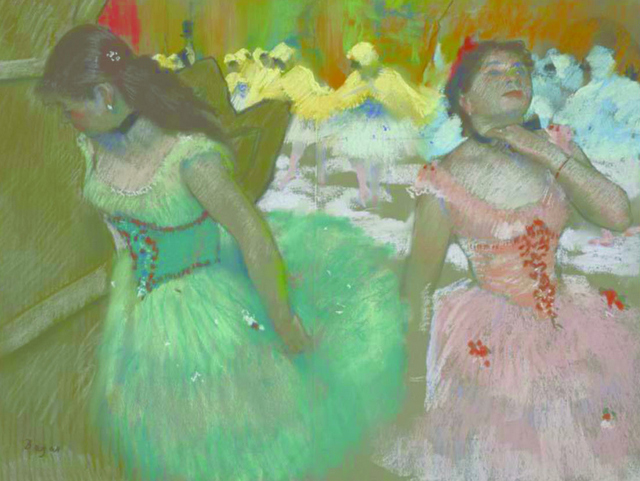 'Entrance of the Masked Dancers' by Edgar Degas 'Entrance of the Masked Dancers' by Edgar Degas |
WILLIAMSTOWN, Mass. — Something old, something new, some things borrowed and something ... lavender.
That, in a nutshell, sums up the story of the year in Williamstown: the grand debut of the expanded and renovated Sterling and Francine Clark Art Institute.
On July 4, the Berkshires will be reunited with cherished works of art that have been out of sight for two years and the world will be introduced to a work of art more than eight years in the making.
The Clark’s reopening — or Clark Next, as the institution bills it — will feature the latest accomplishment from one of the world’s leading architects, master works from the Clark’s permanent collection, works on loan that signal a sea change for the venerable museum and a transformation of the 140-acre campus.
Among the works on loan, abstract art from the latter 20th century that is very different from anything Clark patrons are used to seeing at the South Street museum.
In August, the Clark unveils "Make It New: Abstract Paintings from the National Gallery of Art," which will include Jackson Pollock's "Lavender Mist."
Clark Director Michael Conforti said while artists like Pollock have not had a place at the Clark, it is high time they did.
"Our charter was signed in 1950. We opened in 1955. [The Manton Research Center] was opened in 1973. And this period of art was not part of our consciousness," Conforti said recently. "I think it's appropriate for us at a time when the next generation of art historians and art students — so much a part of the Williamstown community — they're actually working very diligently as historians of this field. The fact that we now can show it in the Clark context makes me sort of extra happy, although it's not the generating reason for the show."
Like any of the fine works of art exhibited within the Clark, its story is textured and layered and multi-faceted. Over the next few weeks, iBerkshires.com will explore different aspects of that story. There are economic impacts, interactions with other cultural institutions, environmental innovations, connections to the region's artistic heritage, and, of course, a new experience for Clark visitors.
The centerpiece of that experience is the art, and there will be something for art lovers of all stripes in Williamstown this summer.
The Clark’s world-renowned collection of 19th-century paintings and decorative arts return to the 1955 "white building," which has been under wraps for two years, even as Clark continued to hold exhibits in the Manton Research Center and the Stone Hill Center, the 2008 Tadao Ando-designed space that marked the first phase of the Clark’s rebirth.
The white building itself has been refurbished to better display the Clark's collection, and that collection once again will include 73 French paintings that were part of a "world tour," that maximized the Clark’s exposure during the construction period.
The decorative arts which always have attracted visitors to the Clark will look even more attractive when displayed in custom casework and furniture designed specifically for the museum.
The impressionism and English silver will be joined this year by pointilism and Chinese bronze.
The roster of special exhibits at the Clark this summer includes:
|
• "Raw Color: The Circles of David Smith," which celebrates one of the most important sculptors of the 20th Century — who just happened to call Bennington, Vt., home for much of his legendary career. This summer, a sampling of his works are on loan from his estate in Bolton Landing, N.Y., for display at the Stone Hill Center.
• "Cast for Eternity: Ancient Ritual Bronzes from the Shanghai Museum," which continues a theme in recent years at the Clark, honoring its founder’s interest in and ties to China. It also represents the latest collaboration between the Western Massachusetts and Far Eastern institutions. The Shanghai Museum was one of the stops on the Clark's recently completed world tour.
• "Make It New," which includes not just Pollock but contemporaries Jean Dubuffet, Jasper Johns, Yayoi Kusama, Robert Ryman, and Cy Twombly. The Aug. 2 opening will give visitors a chance to, "see and consider multiple, contrasting works from a single vantage point, facilitating reflection on Make It New’s unconventional arrangement of these works, and on the alternative narratives of postwar art," according to publicity released by the Clark.
The gateway to all these art is the biggest work of art this side of the Guggenheim, the 42,650-square-foot Visitor Center, which boasts new dining facilities, a museum shop, outdoor terraces and 11,070 square feet of additional special exhibition space.
The Visitor Center was designed by the Pritzker Prize-winning Ando, who is known for incorporating the landscape into his design — an aesthetic in keeping with the Clark’s reputation for “Art in Nature.”
"My intent was to create something that from the exterior it looks rather small, so it is static and not big," Ando said through an interpreter during a recent visit to the Clark from his home in Japan. "But once inside, you will see the space is really dynamic and has spatial dimensions.
"I wanted to create a space where people come to appreciate art. ... It's a dialogue the viewers will have with art pieces. I hoped my space will provide them with an environment where they feel the pleasure of living at the moment."
Tags: Clark Art, exhibit, reopening,

